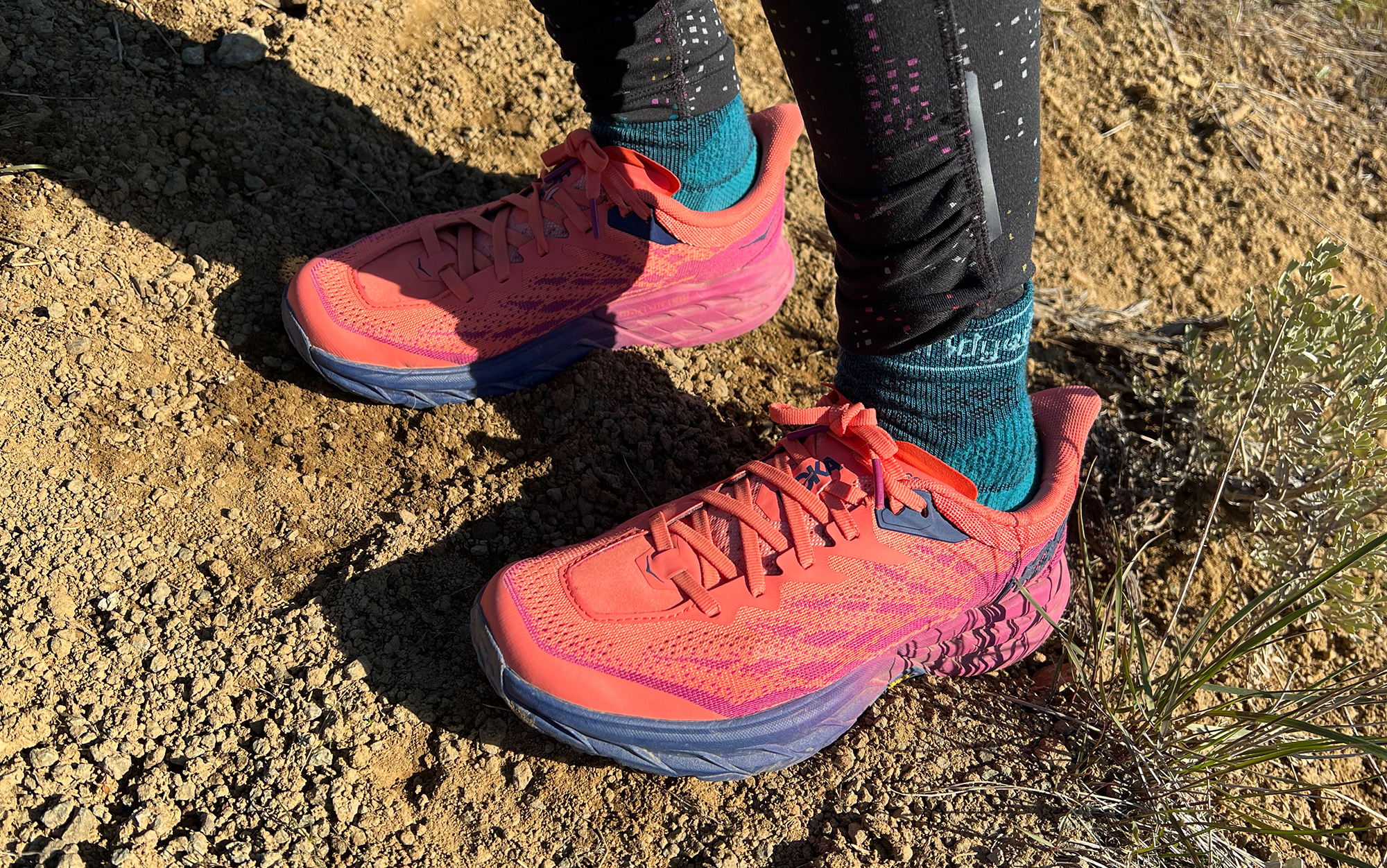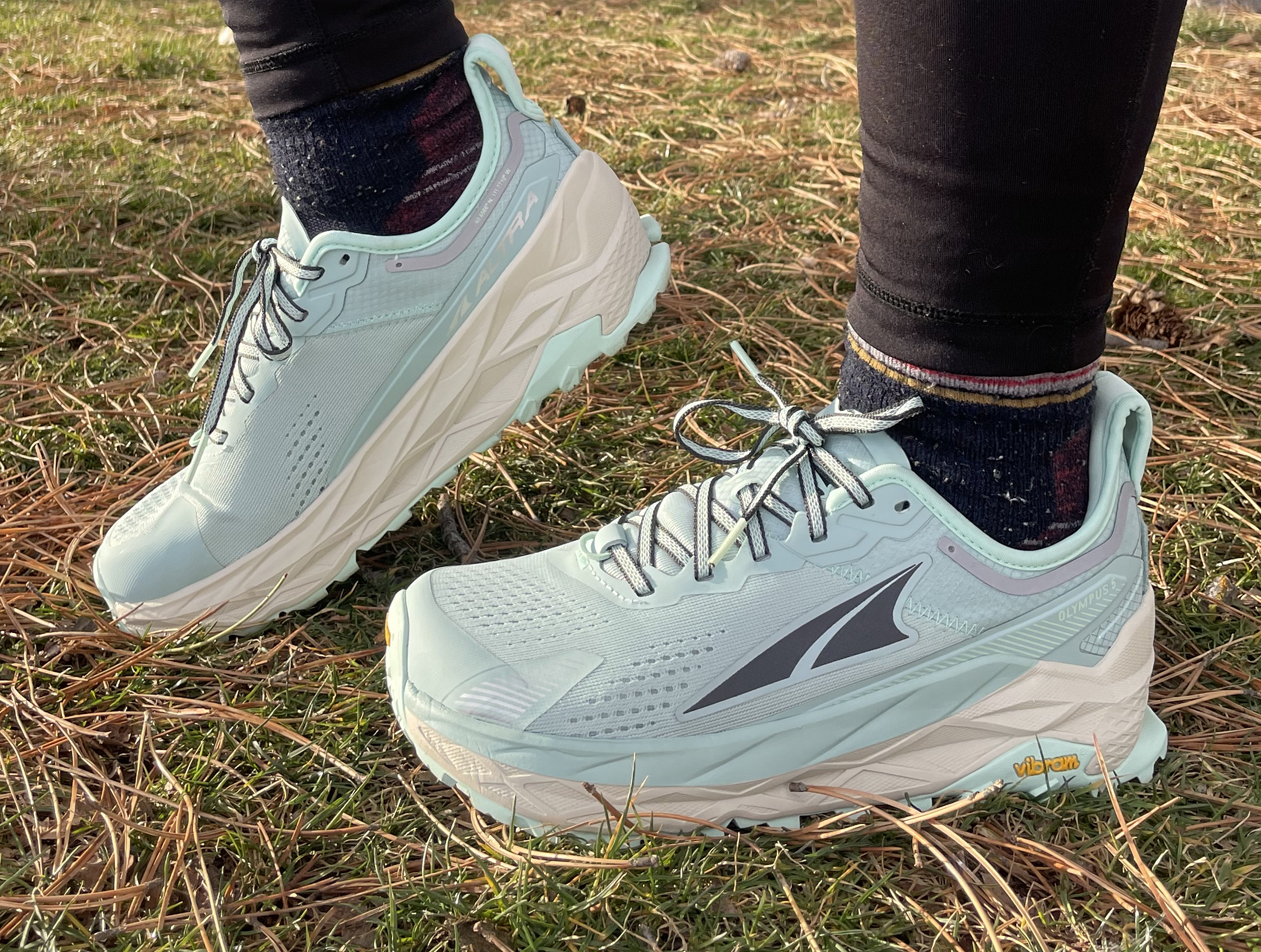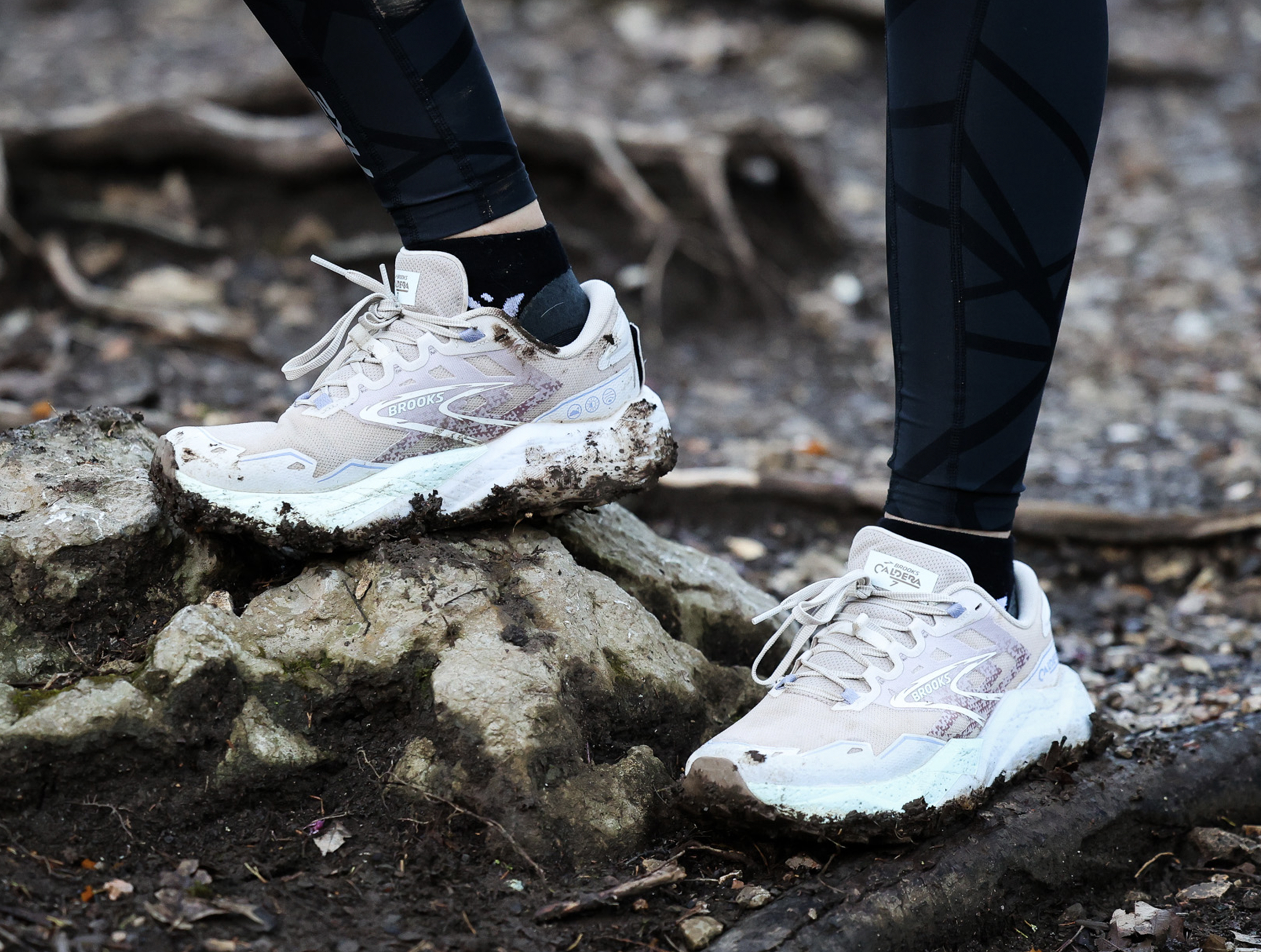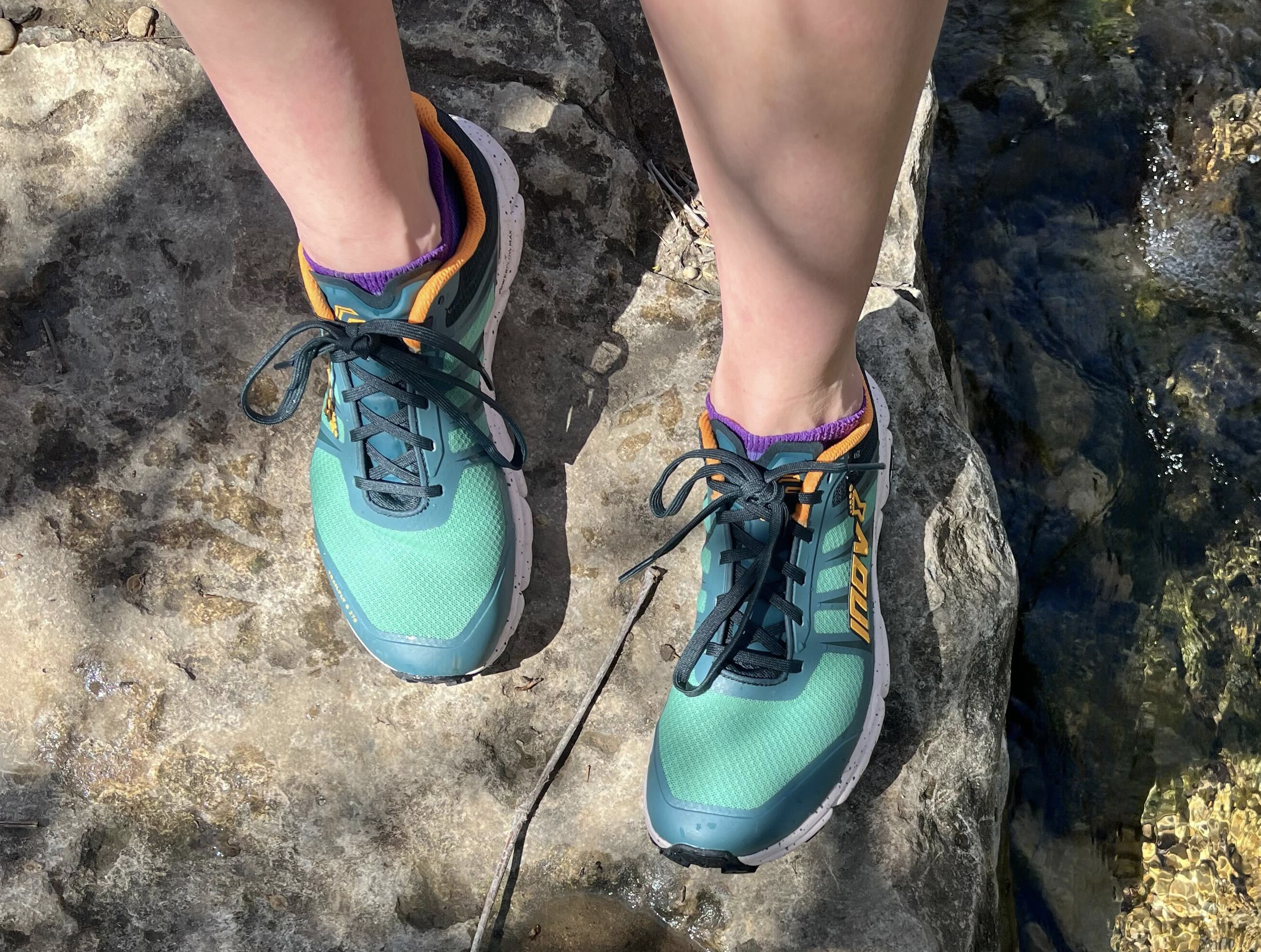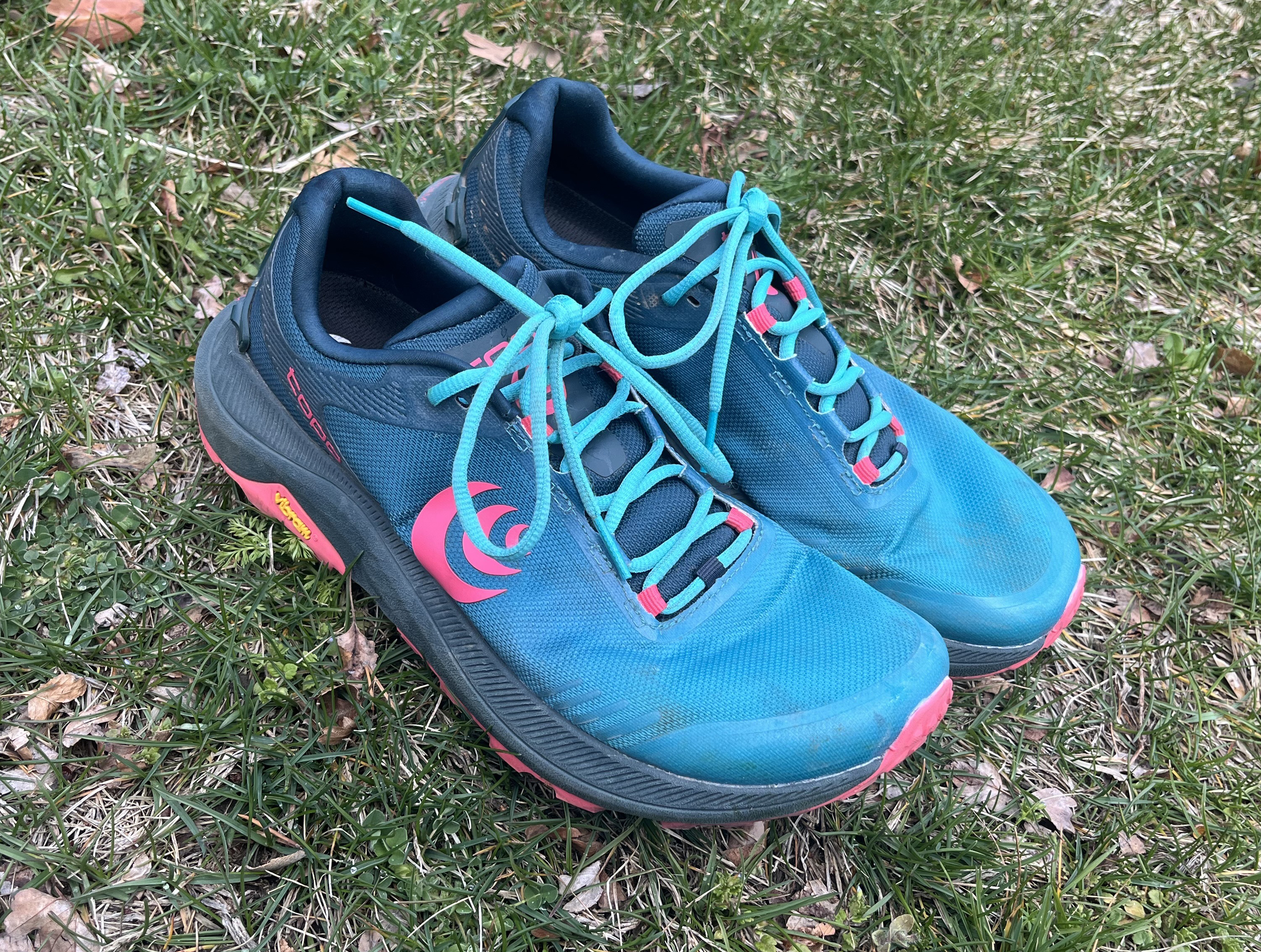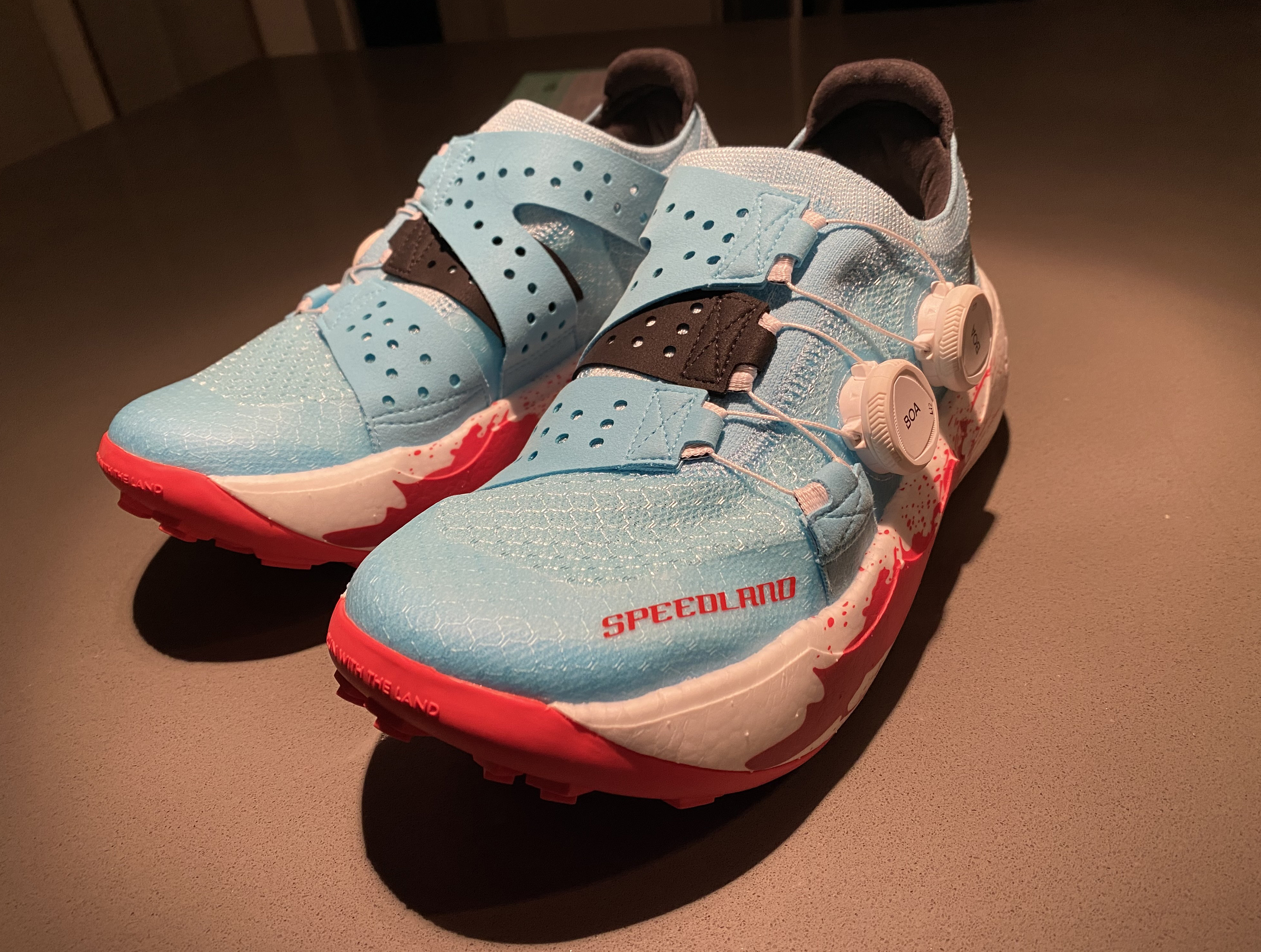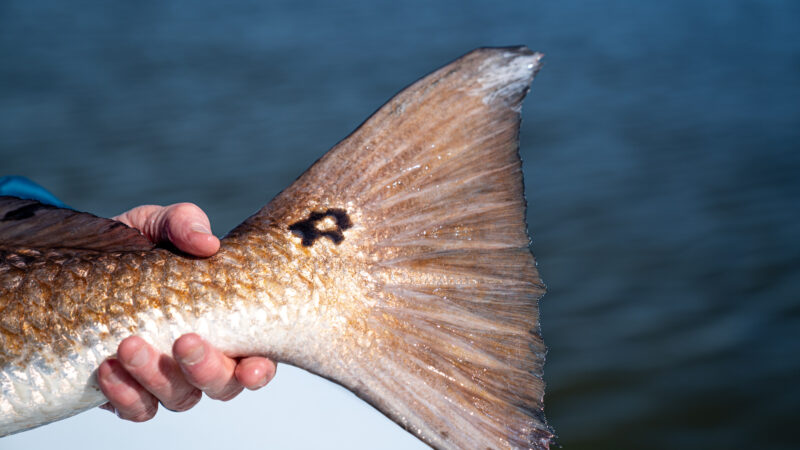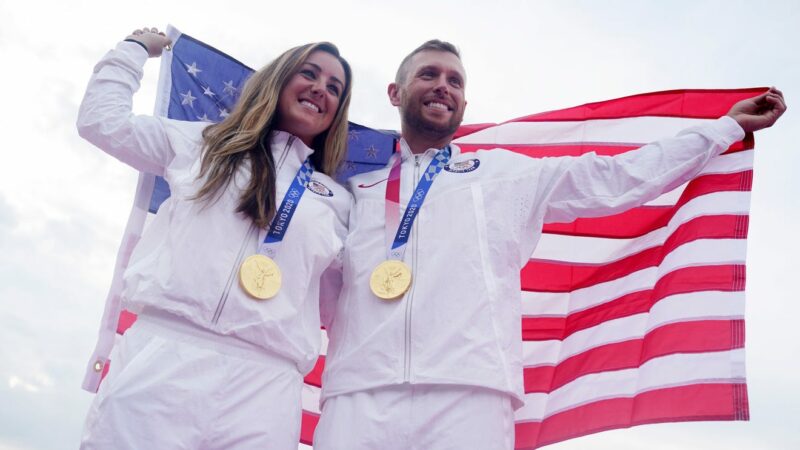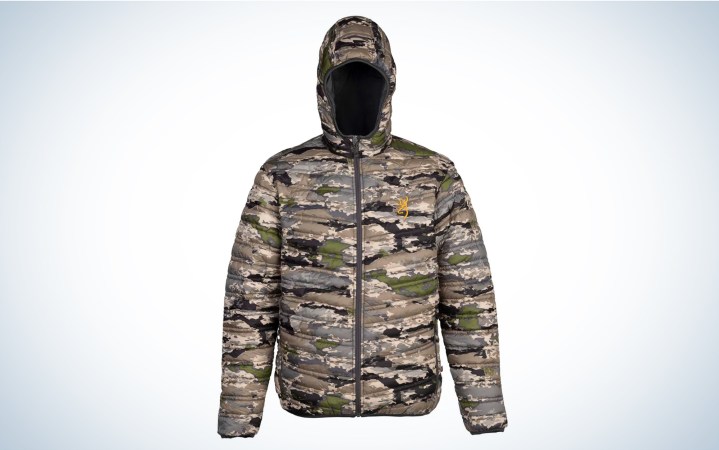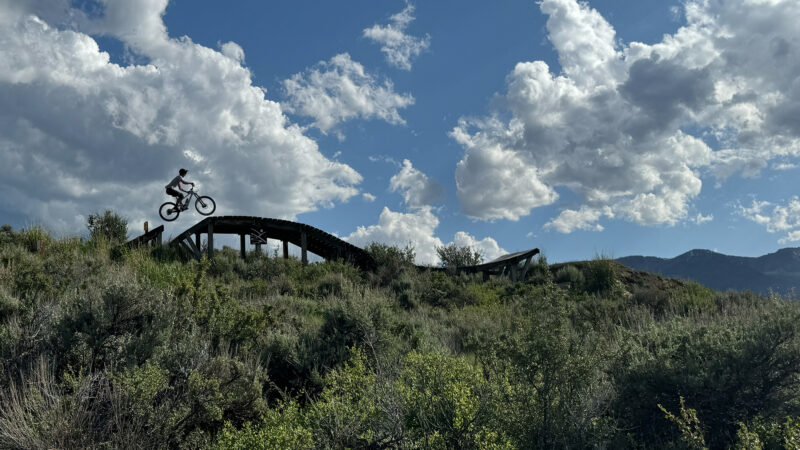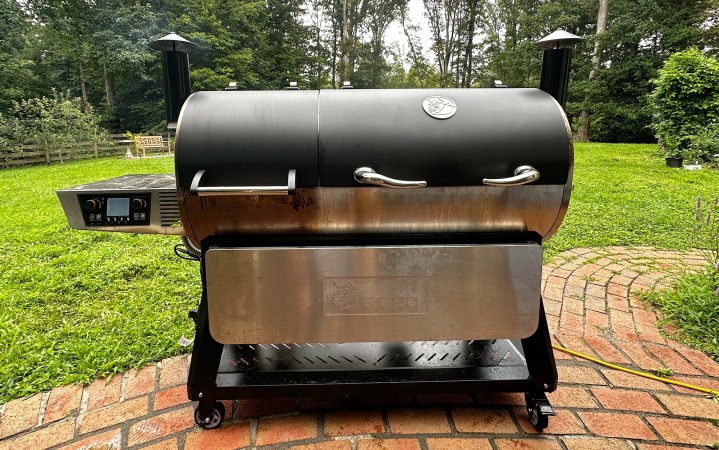The Best Women’s Running Shoes of 2024, Tested and Reviewed
We may earn revenue from the products available on this page and participate in affiliate programs. Learn More ›
Stability, Traction, and Comfort
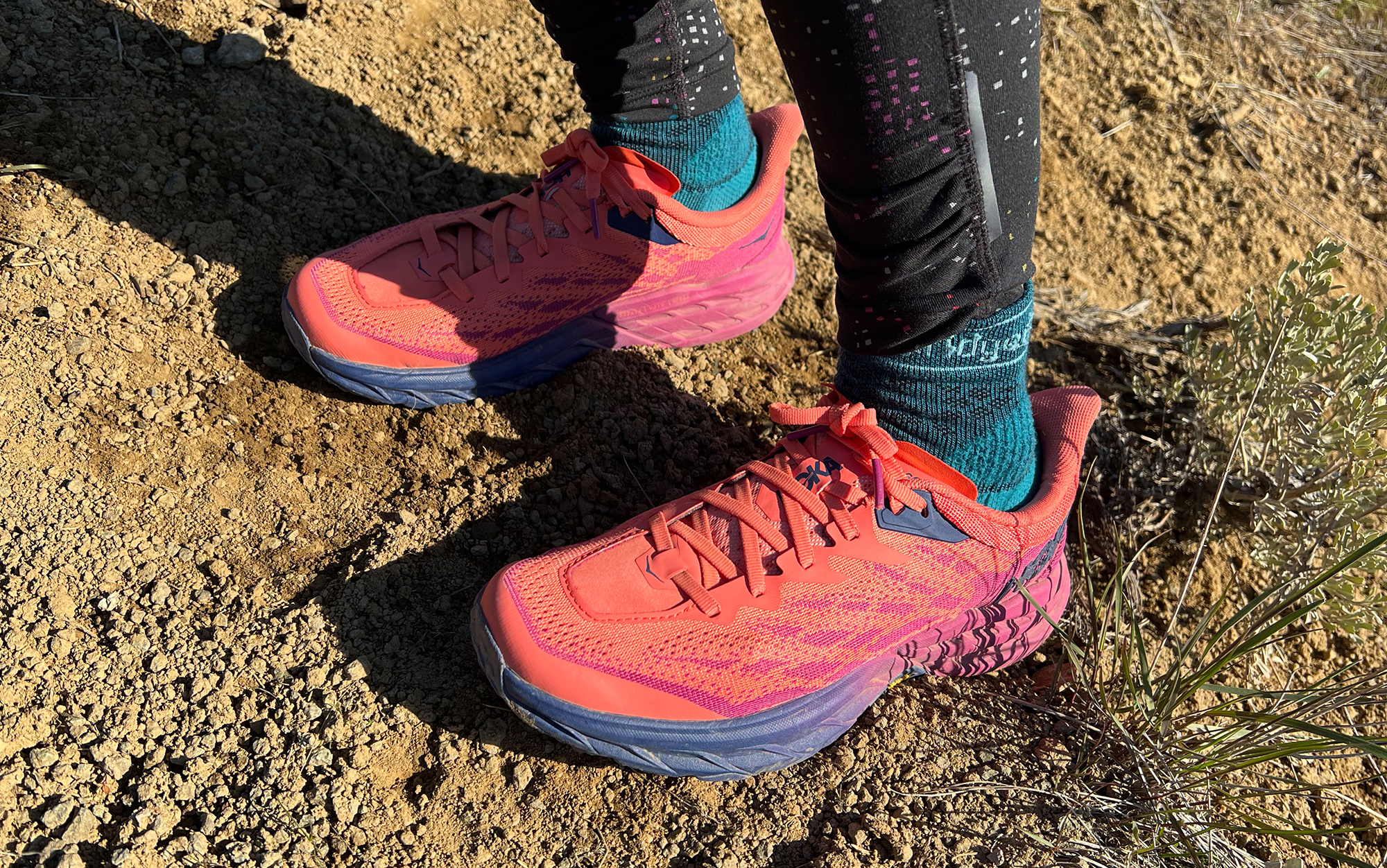
Hoka Speedgoat 5
Roomy Fit with Cushion
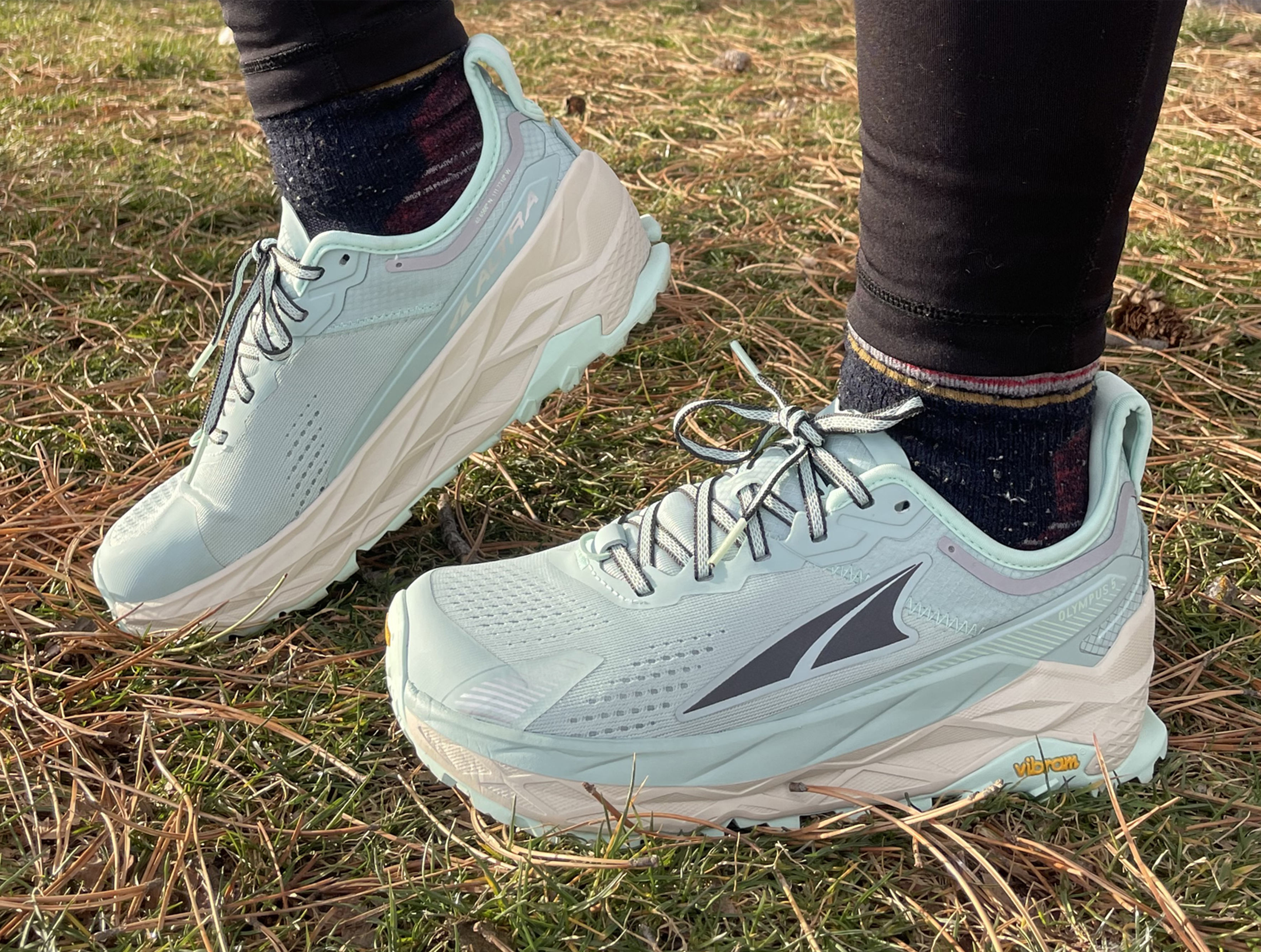
Altra Olympus
Affordable for Casual Runners
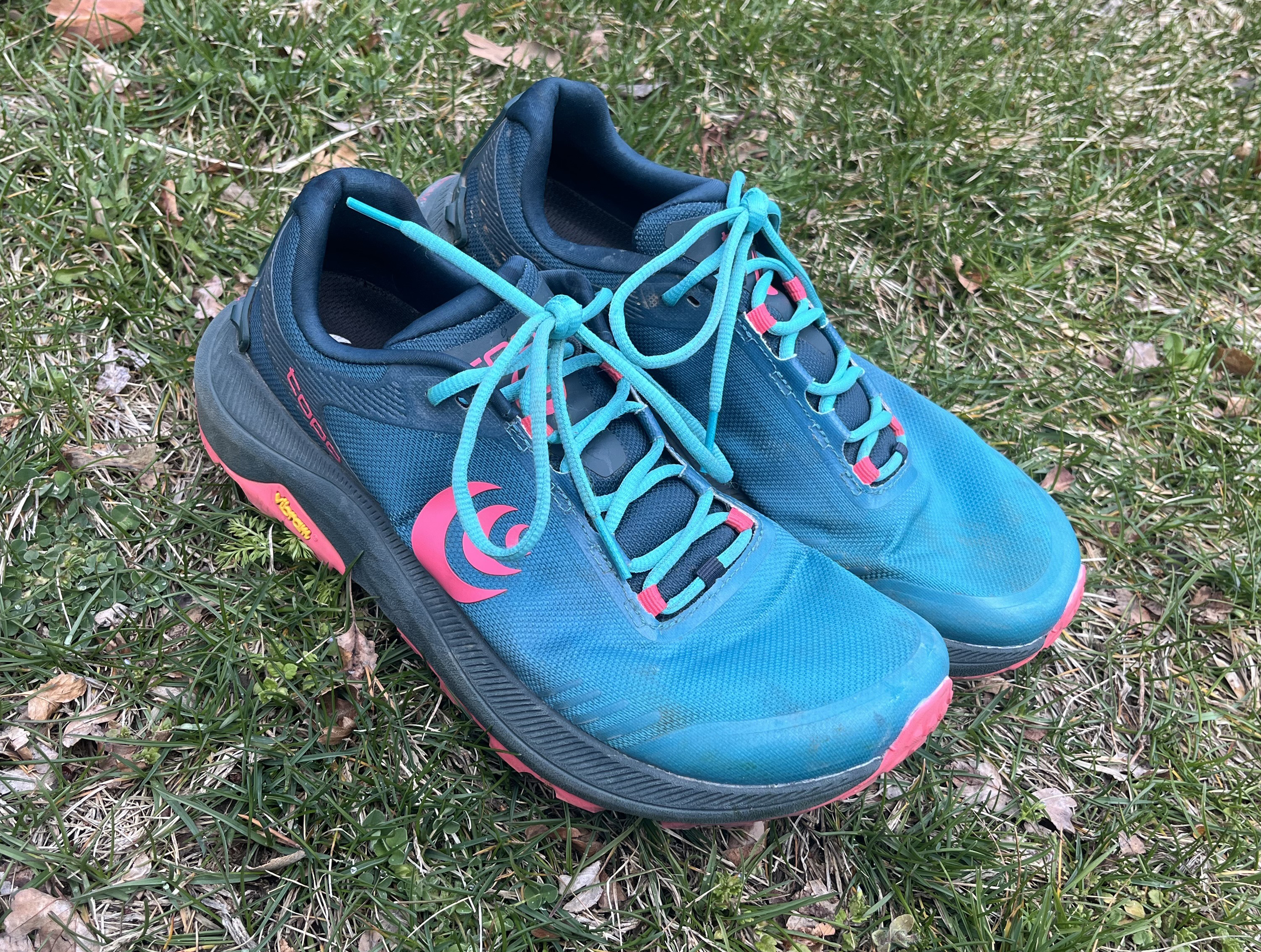
Topo MT-5
Whether you’re an experienced marathoner or purchasing your first pair of women’s running shoes, there are a lot of variables to sift through. Do you want a maximalist shoe, or a minimalist? A high heel drop at the back, or one that keeps your toes and heel on the same plane? To help you decide, we sent a team of women — all experienced runners — out with some of the top models from Topo, Brooks, Hoka, Speedland, Inov-8, and Altra to bring you in-depth feedback on how the best women’s running shoes compare to one another.
Topics and Products Covered
- Balance of stability, traction, and comfort: Hoka Speedgoat 5
- Roomy fit with plenty of cushion: Altra Olympus
- Built for rugged trails: Brooks Caldera 7
- Classic trail runner with a zero drop heel: Inov-8 Trailfly G 270
- An affordable option for casual runners: Topo MT-5
- Long-distance speed over comfort: Speedland GS:TAM
- How to Choose a Women’s Running Shoe
- Understanding Running Shoe Jargon
- FAQs
How We Tested the Best Women’s Running Shoes
The six testers for this story, all women, ranged in ages from early 20s to late 30s, and have a wide range of running goals. Some were training for specific races or future ultras (one reported that she wanted to be able run upwards of 25 miles and not be sore the next day) while others were looking to simply maintain their fitness and health, or even just have fun with their friends. Most testers did not report prioritizing speed in their running routines, instead focusing on stamina, fitness, and health.
Testing was spread out across the country — from Utah to Washington State, Arkansas to Texas — with some runners covering plenty of vertical climb on every run, while others were running almost exclusively on flat terrain. Their running routes of choice also varied considerably, from rooty mountain biking trails to gravel roads to hiking trails. Perhaps unsurprisingly for a group of Outdoor Life editors and testers, there was a much greater emphasis on trail running than road running.
Each tester was given the option to choose the shoe they wanted to test, so long as it was a completely new shoe to them. Where necessary, I selected shoes for testers based on their current preferences and interests. Testers then headed out for a month or two of their typical running routine. At the end of this process, they filled out a detailed testing form describing their experience with each shoe. I asked about both objective criteria — think traction and durability — and about how each running shoe fit our testers’ own physiology and running ambition.
For instance, if they were accustomed to wearing a shoe with minimal cushion, how did they enjoy a more maximalist shoe? Where there was a history of physical injury, such as plantar fasciitis or knee issues, I asked them to share how each running shoe affected those pain points. Finally, I looked at whether each running shoe helped to meet their stated goals, whether that was prepping for an ultra or enjoying fun runs with their friends. Here’s what they had to say.
Best Women’s Running Shoes: Reviews & Recommendations
Balance of Stability, Traction, and Comfort: Hoka Speedgoat 5
Tester Report Card
- Tested the women’s Hoka Speedgoat 5 in 7.5 regular
- Total Mileage: 180 miles (all trail running)
- Toughest Run: 12 miles with 2,500 feet of elevation gain
- Fit Compatibility: Great (narrow heel and wider forefoot with irregular toe lengths)
- Ground Feel: Balance between cushion and ground feel
- Arch Support: Low
- Runs slightly large, size down if you are in between sizes
- Verdict: Tester plans to continue running in the shoe
Specs
- Available Sizes: 5 to 12
- Wide option available
- Available in a waterproof option (not tested)
- Heel Drop: 4mm
- Stack Height: 27mm to 31mm
- Outsole Shape: Rocker bottom
Pros
- The best grip this tester had ever experienced in a trail running shoe
- Comfortable
- Durable outsole
Cons
- None beyond the tester wishing she had tried a pair a half size smaller
Olya Grunskaya, the most ambitious tester, was ramping up mileage during testing as she was coming back from an injured back after a paragliding accident. By the end of the initial testing period, she had gotten back up to the 40 to 50 miles a week she runs to train for ultramarathons (100+ mile races) in-between tackling mountaineering objectives and hiking her paragliding rig up to the top of nearby peaks. Most recently she ran in Altras (either the Timp or the Olympus) but had heard the hype about the Hoka Speedgoat — who hasn’t at this point — and was curious to try them out for our testing series.
Olya Grunskaya
Consider her converted. The Speedgoats were consistently comfortable for the duration of her runs, particularly the way the upper hugs your foot. Despite having a tendency to roll her ankles, Grunskaya said these shoes felt very stable and she had no issues. She also reported that, at least for this mid-foot striker, these shoes struck the balance between ground feel and cushion — you can feel some ground but also get support on the downhills and rocky trails.
But what most impressed her was the traction. Trail running in central Washington while the seasons went from winter to spring meant she saw it all: snow, ice, mud, dirt, and sand. On one run, she hit a particularly steep and loose section of trail. “I noticed how the shoes just wanted to stick to wherever my foot landed,” she reported, “but at the same time were very light and agile on my feet so I felt really solid and was able to keep good speed.”
She noted that, compared to the Altras she typically wears, the Hoka Speedgoat ran large.
A Roomy Fit with Plenty of Cushion: Altra Olympus
Tester Report Card
- Tested the women’s Altra Olympus in size 9 regular
- Total Mileage: 120 miles (mix of trail and road running)
- Toughest Run: 6 miles with 1,300 feet of elevation gain
- Fit Compatibility: Great (average foot but prefers a wide toe box)
- Ground Feel: Cushioned
- Arch Support: Low
- Runs wide (similar to other Altra models)
- Verdict: Tester plans to continue running in the shoe
Specs
- Available Sizes: 5.5 to 12
- No wide option available
- Available in a waterproof option (not tested)
- Heel Drop: 0mm
- Stack Height: 33mm
- Outsole Shape: Slight toe spring
Pros
- Very comfortable with a wide toe box and midfoot shape
- More durable than the Altra Lone Peak
- Great traction
Cons
- May be a poor choice for individuals prone to rolling their ankles
- Runners who typically wear any kind of a heel or other high heel-drop shoes must transition slowly
Traditional running shoes have tended toward a narrow midfoot and toe box, which helps to give them a locked-in feel that can make some runners feel more stable. But Altra started the trend away from that, opting for a wider midfoot and a much wider toe box—this shoe has been especially popular among backpackers and thru-hikers. Altra’s shoe design can help runners to engage with more of their foot’s natural functioning, allowing the toes to splay and the arch to engage and absorb impact throughout the gait cycle.
Kelsey Corr, a mid-foot striker who does some off-road racing but typically runs about 25 miles a week for her own enjoyment, is one of the runners who’s found that the Altra shoe shape works well with her biomechanics. Prior to this test, she had been wearing the Altra Lone Peak, which has a low stack height to increase ground feel, but she was curious to see how the Olympus’s higher stack height paired with her running routine.
Read Next: Altra vs Hoka
Turns out she loves the extra cushion of the Altra Olympus. First off, it maintains the same fit as the Altra Lone Peak, same foot shape, same 0mm drop, but adds an extra 8mm of foam underfoot compared to the Lone Peak. The added support and bounce made it hard to return to the Lone Peaks, although she noted that there was a definite tradeoff with ground feel. While Corr described these shoes as lightweight, she did note that the Olympus is stiffer than the Lone Peak, with the shoe rubbing her right foot near the ankle bone, especially when the shoe was new.
One area where this shoe excelled compared to the Altra Lone Peaks, and trail runners more generally, is in traction. “I took the Altra Olympus on many trail runs with 1,000 feet of vert, switchbacks, packed down snow, and mud,” Corr said. “I never felt slippy or fearful of losing footage at all. Crampons were just a bonus but not a must in these shoes in snowy trail conditions.” She noted that the tread on the bottom of the shoe still looked great after a month of running on both roads and trails.
Despite having a history of runner’s knee and a torn meniscus on her left side, Corr noted no knee issues with the Altra Olympus. However, she reported that the looser fit around the midfoot could mean individuals with weak ankles may be more prone to rolling them.
Built for Rugged Trails: Brooks Caldera 7
Tester Report Card
- Tested the women’s Brooks Caldera 7 in size 10
- Total Mileage: 55 miles
- Toughest Run: 6 miles on a single-track mountain biking trail
- Fit Compatibility: Good (slight toe box pressure on the left side where the tester’s foot is wider)
- Ground Feel: Cushioned
- Arch Support: Medium
- Runs true to size
- Verdict: Tester plans to continue running in the shoe
Specs
- Available Sizes: 5 to 12
- No wide option available
- Heel Drop: 6mm
- Stack Height: 20mm to 26mm
- Outsole Shape: Toe spring
Pros
- Excellent traction
- Good balance of ground feel and cushion
Cons
- Wide outsoles make it easier to swipe your opposite leg while running, and may contribute to increased muscle fatigue
- Uninspiring colorways
Some of us get to choose when we run; some have bird dogs. OL executive editor Natalie Krebs is in the latter category, so having a pair of shoes that can get her out on runs with 3-year-old Hatchet is a must. And where she lives in rural Arkansas, the best option is a series of slippery, rocky, rooty, ankle-twisting, up-and-down, Ozark mountain biking trails. Most runners wouldn’t go near this kind of terrain, and most running shoes can’t hack it either.
The Brooks Caldera 7s more than met Krebs’s technical expectations in these unusually gnarly conditions. The tacky soles had great grip on muddy and wet surfaces, and the wide sole meant it was harder — although not impossible — to roll her ankle (although she did report rolling it once during testing, she said this is about average for the terrain she’s dealing with). While the Brooks Caldera 7s are not waterproof, they did provide sufficient protection against mud and rain. And when she inevitably plunged into a creek crossing they breathed well enough on the run home.
Natalie Krebs
Like the Altra Olympus and the Hoka Speedgoats, the Brooks Calderas sport a high level of cushion. With so many underfoot obstacles on her daily runs, Krebs still reported enough ground feel without the foot fatigue that can come up with thinner soled shoes. This is especially important since she’s a heel striker trying to keep a touch of plantar fasciitis at bay.
But there were issues, too. The biggest was that Krebs’s tendency to overpronate meant that she swiped the opposite leg with her shoe whenever she hit a particularly gnarly section of trail or simply got tired. In an Arkansas winter, this was annoying. In an Arkansas summer, when ticks and poison ivy abound, it makes this shoe a non-starter. Krebs also reported a touch more leg fatigue wearing this shoe than she typically experiences.
Natalie Krebs
Both of these issues may in part stem from the wider base of the Calderas. The outer edge of the shoe is flared, similar to — even more pronounced than — the Hoka Speedgoat. Not only does this bring the outer edge of the shoe closer to your opposite leg while running, the wider base can also lead to fatigue up the leg by increasing the amount of torque your joints and muscles need to use to move your foot through the gait cycle. That a single Brooks Caldera 7 weighs almost an ounce more than a single Hoka Speedgoat 5s doesn’t help matters either.
Finally, Krebs noted that the colorways felt dated. Normally OL doesn’t traffic much in matters of so-called style. But running, more than just about any other activity, is a mental game. If you don’t like what you’re seeing when you look down at your feet (and Krebs didn’t) it can make the whole process less enjoyable. She plans to finish out the lifespan of these Calderas, and then continue her search for the perfect shoe.
A Classic Trail Runner with a Zero Drop Heel: Inov-8 Trailfly G 270
Tester Report Card
- Tested the women’s Inov-8 Trailfly G 270 in size 9.5 regular
- Total Mileage: 14 miles
- Toughest Run: 7 miles through deep mud that sucked the shoes up to their shoelaces
- Fit Compatibility: Felt slightly narrow, especially at the forefoot
- Ground Feel: Balance between cushion and ground feel
- Arch Support: Moderate
- Runs true to size
- Verdict: Tester plans to continue running in the shoe
Specs
- Available Sizes: 5.5 to 11
- No wide option available
- Heel Drop: 0mm
- Stack Height: 22mm
- Outsole Shape: Spring toe
Pros
- Great traction on slippery surfaces
- Plenty of interior height
Cons
- Narrow outsole gave the impression of the tester’s foot hanging off the side
Zero-heel drops, where the height of the shoe is the same at the toe as it is at the heel, are meant to align your joints up the kinetic chain of your leg (knees, hips), which, for some people, can reduce unnecessary strain on these areas. Zero-heel drops are most often found in running shoes with other natural-movement features: no arch support, a wide toebox, no rocker bottom or toe spring. The Inov-8 Trailfly G 270 is a rare exception to this trend: a zero-drop shoe that still sports arch support and a toe spring.
OL Staff Writer Katie Hill, who is focusing her current running regime on recovery as she comes back from IT band syndrome on her right side, took them out for a few runs along some muddy creek trails in Texas to see how they compared to her usual go-tos: the Altra Escalante and Altra Lone Peak (standard shoes for runners who prefer natural movement features). As expected, she noted the toebox on the Trailfly G 270 was noticeably narrower than the roomy Altra profile, but reported that the width elsewhere was comfortable and that the interior volume of the shoe was surprisingly roomy.
One thing that stood out to Katie was how much more structure and stability the Traifly G 270 has compared to her typical zero-drop shoes of choice. Katie was impressed, too, with the shoe’s traction on muddy and slippery surfaces. “Even after crossing calf-deep creeks and running through muddy bogs, there was little compromise to the shoe’s grip on rocks and rooty trails in the miles that followed,” she said. “The creek crossing was full of slippery rock snot, but the shoe stayed pretty stable underwater.” Because of the narrow structure of the outsole, it felt at times as if her heel were hanging over the side of the shoe. While she did not roll her ankle in even the slippery conditions previously described, she did report some additional fatigue with the stability muscles in her ankles and along her achilles.
An Affordable Option for Casual Runners: Topo MT-5
Tester Report Card
- Tested the women’s Topo MT-5
- Total Mileage: 6 miles
- Toughest Run: 6 miles over packed dirt and rocks
- Fit Compatibility: Poor (midfoot and toe box were too narrow)
- Ground Feel: Balance between cushion and ground feel
- Arch Support: Moderate
- Runs narrow
- Verdict: Tester does not plan to continue running in this shoe
Specs
- Available Sizes: 6 to 11
- No wide option available
- Heel Drop: 5mm
- Stack Height: 23mm to 28mm
- Outsole Shape: Toe spring
Pros
- Good traction
- Good stability
Cons
- Not a great fit for individuals with average or wide width feet
Assistant editor Ashley Thess’s running goals are extremely relatable: “I want to stay in shape to backpack all summer and ski all winter and have fun.” She’s not looking for a shoe that can handle the gnarliest terrain or help her up her mileage for an ultra. She needs shoes that keep her fit, don’t hurt her feet, and don’t cost an arm and a leg. She’d been wearing and loving the Topo Ultraventure 2, but with the upcoming release of the third iteration in the series, decided to try out a pair of the less-expensive Topo MT-5s to see how they compared.
One of the greatest challenges with switching between shoe models within a brand is that the shape of the shoe (known as the “last”) isn’t always consistent. And that ended up being Thess’s biggest issue with the Topo MT-5. The narrow toe box and midfoot caused enough discomfort that she decided not to continue testing these shoes after the first run. Excessive pressure against the metatarsal (the widest part of your forefoot) can inhibit the functioning of your feet and, in some cases, result in reduced circulation. Thess’s experience with the Topo MT-5 suggests that individuals with narrow forefoots will have more success with this shoe than those with average or wide width feet.
Long-Distance Speed Over Comfort: Speedland GS:TAM
Tester Report Card
- Tested the Speedland GS:Tam in a women’s 7.5 (unisex shoe)
- Total Mileage: 28 miles
- Toughest Run: 10 miles
- Fit Compatibility: Fair (shoe is wide and tester prefers a narrower shoe)
- Ground Feel: Balance between cushion and ground feel
- Arch Support: Moderate
- Runs slightly large
- Verdict: Tester does not plan to continue running in this shoe
Specs
- Available Sizes: 6.5 to 14.5
- Carbon plate add-on available
- Heel Drop: 7mm
- Stack Height: 30mm to 37mm
- Outsole Shape: toe spring
Pros
- Fast and responsive
- Great traction
Cons
- Hard sole may cause issues for some runners
More than any other tester for this story, Judith Roel identifies as a racer. She was the only person who voluntarily attached an excel spreadsheet with her running routes as part of her review. Her typical mileage vastly depends on how close or far she is from her next race, which includes distances up to a 100 miles. “I would like to go further and recover more quickly,” she says. “My base is to always be able to run at least a marathon and not be sore the next day.” Fortunately for Roel, she doesn’t have much history of injury that would stop her from doing just that.
While much of the running shoe market is concerned with comfort and stability, racing shoes — including for longer distances like ultras — are also concerned with energy return. We’re talking about the specialized foam and carbon plates that had runners breaking records left and right with the Nike Vaporfly. And that’s what Speedland did with the GS:TAM. But instead of building a shoe for sprinters and marathoners, they built one for ultrarunners.
And the Speedland GS:TAM absolutely delivered on that promise. “They are super fast,” reported Roel. “The structure of the shoe sole makes for good forward propulsion.” The carbon plates, in particular, increased her speed without her even realizing it. “I didn’t feel like the carbon plates made a difference, but the time of my runs said otherwise.”
Judith Roel
She also noted that the shoes were wider than she was expecting, even compared to Hokas, but that the cushioned feel she was accustomed to with Hoka wasn’t there. These have a hard, thick sole, that sometimes made her feel as if her legs were slightly reverberating when running,
Roel was also impressed by the traction of these shoes on everything from wet, rocky single track to mossy sidewalks covered in wet leaves, and gravel roads. Even on the steepest climbs and descents she wasn’t at all worried about slipping. Part of that was due to the stiffness of the sole that provided more ground feel than more heavily cushioned trail shoes. The wider base of the shoe (which allowed for greater toe splay) also played a role in this, although, unlike our tester for the Brooks Caldera 7s, she reported no issues with swiping her opposite calf while running.
But, unfortunately for Roel, this shoe was not a fit for her needs. Something about the shape, volume, or stiffness of the forefoot caused her irregular-length toes to consistently go numb after three miles of running. Even adjusting the BOA lacing system to its loosest setting didn’t alleviate the issue. She also noticed that, when the removable carbon plates were in the shoes, they would move around slightly, giving her hot spots on the bottom of her heels after 10 miles. Finally, for this runner accustomed to narrower Brooks and Nikes, the wide toe box felt unnecessary (although other runners are sure to appreciate it).
How to Choose a Women’s Running Shoe
I haven’t chosen a “best” women’s running shoe from the above list for a simple reason: There is no such thing. There is so much variability between runners: foot width and volume, arch strength and height, toe and ankle flexibility, that the perfect shoe for one runner is bound to give another an assortment of ailments.
Your feet are the foundation of your body. Between the two of them, they contain 25 percent of your body’s bones and hundreds of muscles, tendons, and ligaments. There is no easy answer as to what running shoes you should buy. The goal of testing the best women’s running shoes is to give you the tools you need to make the right decision for your body, not find a so-called best pick for a generic runner.
If you are new to running shoes, however, here is an overview of the different factors you should consider when making a purchase.
Find a Great, Local Shoe Store
It’s difficult to overstate how important it is to try on a few different pairs of running shoes before making a final purchase. One of the most important parts of a running shoe is the last — essentially the foot-shaped mold — the shoe is built around. There are subtle differences between the lasts used by different running shoe brands that can have outsized effects on the way a shoe fits and feels to your particular foot. There is no shortcut to trying on a variety of shoes in person.
If possible, try to find a running shoe store that has both a wide selection of brands and styles and a certified pedorthist on staff. Pedorthists are essentially shoe experts, with a wide-ranging understanding of how different styles and models of shoes interact with different feet. (If you have a diagnosis for a particular foot ailment from a podiatrist, they can also help you choose a shoe that will account for that). Pedorthists at shoe stores with a wide range of shoe types and styles will have the most success in helping you find the right shoe; conversely, pedorthists at shoe stores that only carry one or two brands of shoe will have fewer tools at their disposal to help you find that perfect fit.
Understanding Your Biomechanics
Before choosing a running shoe, it’s important to take a step back and evaluate your current footwear and your overall foot health. For instance, if you wear high heels — even a low heel — most of the day, you may have a shorter Achilles tendon. Look for a running shoe with a larger heel drop, like the Brooks Calderas above, as this will put less strain on your Achilles. Conversely, if you only wear completely flat shoes, like Vans or Converses or Birkenstocks, look for a shoe with a zero-heel drop (the Altra Olympus and the Inov-8 Trailfly G 270 in the above list) as this will interfere less with your posture while running. Similarly, individuals who know they tend toward a midfoot or forefoot strike should opt for a running shoe with a smaller or no heel drop.
While it’s common for people to discuss arch shape when sifting through different footwear choices, it’s also important to consider arch strength. If you typically walk around barefoot or in shoes with minimal to no arch support, your arches may be able to handle more of the impact of running. Allowing your arch to function naturally, in this instance, helps to absorb impact, causing less strain up the kinetic chain on your knees and hips. However, if you don’t typically engage your arch in your day-to-day life, then trying to rely on its natural functioning can lead to injuries like plantar fasciitis.
Some of the best women’s running shoes are flat across the base of the shoe, while others curve up at the toe and, still others, curve up at the heel. Individuals with stiff toes or stiff ankles may benefit from a more curved design, as it takes some of the pressure off of those hinge points.
Understanding Your Preferences
There are also a number of factors in running shoes that, in large part, boil down to individual preference. One of the biggest ones is ground feel versus cushion. Some runners, particularly trail runners, like to feel the rocks and roots underfoot as they run as they feel it improves their balance, helps them quickly adjust their foot placement or stride to avoid injury, or simply helps them feel more connected to the earth. Other runners, particularly road runners, prefer to feel as little of the ground as possible. If you prefer more ground feel, especially on trails, look for a shoe store where you can try out a pair of shoes on a simulated rocky surface.
Unprompted, several women in my testing group mentioned that the appearance of their running shoes can improve or harm their mental game while running — turns out, seeing a trendy pair of kicks when looking down at your feet on a tricky section of trail can make a surprising difference in your experience. If this rings true to you, don’t overlook the importance of aesthetics when making a running shoe pick.
Finally, it’s important to remember that whether a shoe is comfortable to you is a good indicator as to whether it is a good fit. If something is uncomfortable it is more unlikely to cause you to adjust your gait in a way that is unnatural to you.
Understanding Your Goals
There are a wide range of reasons that women run. Some run for health and fitness. Others run for fun or to reduce stress or anxiety. Still others run competitively, including marathons and ultramarathons.
Natalie Krebs
Your goal will impact what footwear choices you make. If your goal is health and fitness, you should prioritize injury reduction above all else. If it’s for relaxation, focus on the shoe that you enjoy running in the most. Competitive runners may want shoes that provide more energy back, or even a bevy of shoes to meet their training needs.
Running Shoe Jargon
If you’re new to running shoes, there are a lot of specs and features to unpack. Here is quick of overview of some of the most common running shoe jargon:
- Heel Drop: The difference in height between the front of the shoe and the back of the shoe, measured in millimeters
- Stack Height: The total height off the ground of the shoe, including the outsole and the midsole. Often provided as two numbers to account for the heel drop differential. When only one number is provided, it refers to the height at the midfoot
- Upper: The material used on the top portion of the shoe, covering the foot.
- Insole: The removable padding inside of the shoe. These can often, although not always, be swapped for custom orthotics.
- Midsole: The material between the insole and the outsole, typically a responsive foam to increase comfort and provide energy return.
- Outsole: The material at the bottom of a pair of running shoes, typically made of a durable rubber.
- Outsole Shape: Most footwear is flat at the toes and flat at heel. However, many modern running shoes have a toe spring (curved upward at the toes) or a rocker bottom (curved upward at the heel and at the toes). These shapes can help individuals with stiff ankles or stiff toes move through the gait cycle more efficiently.
- Ground Feel: The ability to feel the ground underfoot. Some runners prefer minimal ground feel (to protect their feet from impact as much as possible) while others prefer a lot of ground feel (so that they can adjust their gait and posture in response to obstacles as they run, known as proprioception). Most runners prefer something in the middle.
- Lugs: The knobs on the outside of running shoes that aid in traction on difficult terrain.
FAQs
It certainly is possible to run in normal shoes, or even with no shoes at all. Whether or not it is a good idea depends in large part on the strength and health of your feet. If you want to experiment to see if your tennis shoes are a comfortable fit for running, start by going for very short runs, and see how your feet feel the next day. Increase your mileage slowly.
All things being equal, lighter shoes will be more comfortable and more enjoyable to run in, and put less stress on your joints. However, sometimes having a little extra weight for better lugs, more cushion, or a more robust upper can be beneficial.
Good running shoes are expensive, typically between $125 and $175. These costs go up even more when you factor in that the recommendation is to replace running shoes every 500 miles or so, due to the compression of the foam used in the midsole. Once you find your preferred running shoe, keep an eye out for sales so that you can purchase in bulk and keep costs down.
Final Thoughts on the Best Women’s Running Shoes
Whatever your running goals or fitness needs, there are a wide array of women’s running shoes to choose from. Our testers’ insights can help you evaluate the pros and cons of some of the most popular footwear on the market — from Hoka to Altra to Brooks — to get you started on your footwear journey.
- Balance of stability, traction, and comfort: Hoka Speedgoat 5
- Roomy fit with plenty of cushion: Altra Olympus
- Built for rugged trails: Brooks Caldera 7
- Classic trail runner with a zero drop heel: Inov-8 Trailfly G 270
- An affordable option for casual runners: Topo MT-5
- Long-distance speed over comfort: Speedland GS:TAM
The post The Best Women’s Running Shoes of 2024, Tested and Reviewed appeared first on Outdoor Life.
Source: https://www.outdoorlife.com/gear/best-womens-running-shoes/
